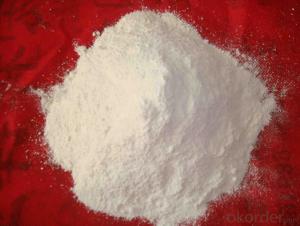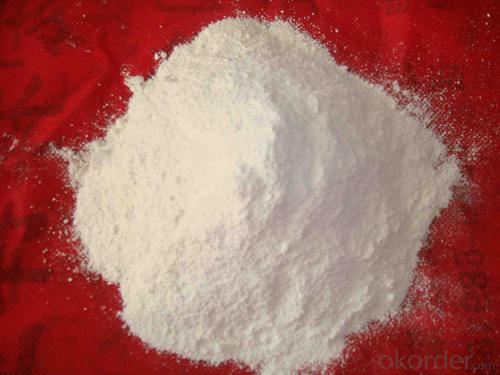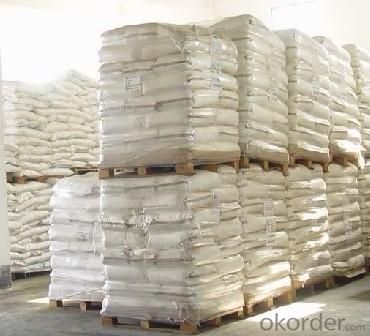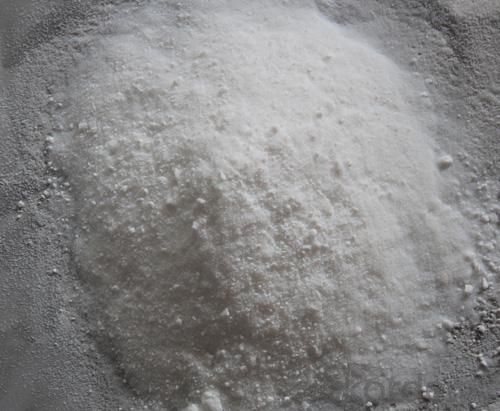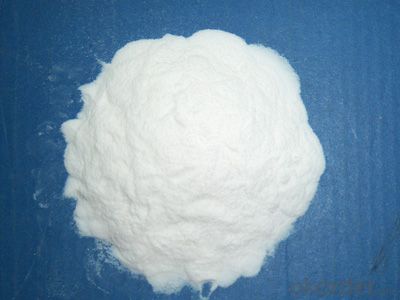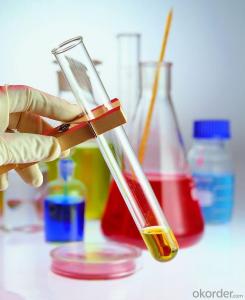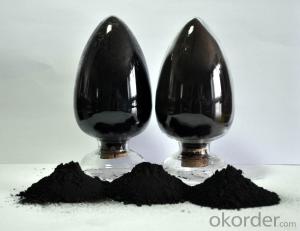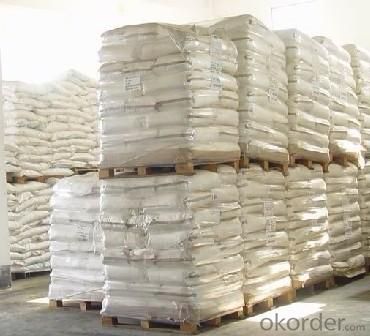white carbon black (SiO2) / silica dioxide - enhanced tear strength and abrasion resistance
- Loading Port:
- Qingdao
- Payment Terms:
- TT OR LC
- Min Order Qty:
- -
- Supply Capability:
- 20000 m.t./month
OKorder Service Pledge
OKorder Financial Service
You Might Also Like
Specifications
Cas no.:7631-86-9
Product: silica / white carbon black/ SiO2
Production process: precipitated, fumed
Capacity: 25000 MT/a
CAS no.:7631-86-9
Product: silica / white carbon black/ SiO2
Production process: precipitated, fumed
Color: white
Appearance: powder or granular
Packing: 10kg/bag, 20kg/bag, per your need, with or w/o pallets
Capacity: 25000 MT/a
Payment: T/T, L/C, DA, DP, etc
Shipment: 2 weeks after your confirmed order
SiO2 / Silica/ White Carbon Black MAIN SPEC:
Main Item | Spec |
BET | 110~210 (110~ 130, 140~160 , 170-190, 180-210) m2/g |
DBP | 200~ 350 ( 200~260, 240~280, 240-350, 250-310) mL/100g |
Loss on drying (105°C) | 8% max |
PH (5% sol) | 6~8 |
SiO2 | 90% min |
Specific product OF SiO2 / Silica/ White Carbon Black for Rubber:
With special physic-chemical properties, Precipitated silica work as reinforcing transparent fillers highly valued in formulation of rubber-based blends, lead to enhanced tensile strength, tear strength and abrasion resistance and increase hardness of vulcanized rubbers, reduce consumption of rubbers and therefore reduce the cost.
Main spec:
Main Item | Spec |
BET | 140~160 m2/g |
DBP | 240~280 mL/100g |
Application:
1) SiO2 / Silica/ White Carbon Black For Light-colored, color and High-grade transparent rubber products.
2) SiO2 / Silica/ White Carbon Black For PE, PP, powder products as filler with good fluidity property
3) SiO2 / Silica/ White Carbon Black As food additives, feed additives, Pesticide carrier with good fluidity and anti-caking property
4) SiO2 / Silica/ White Carbon Black For glass cement, sealant, painting, coating, printing ink, as thickener and Anti precipitating agent
5) SiO2 / Silica/ White Carbon Black for others
Storage: dry, clean, ventilated space
Any help from us, please contact freely! NICE DAYS !
- Q: Which branch of chemistry or what specialty can study the catalyst
- Physical chemistry: catalyst surface structure, catalytic mechanism and catalytic reaction process
- Q: Always speeds the reation ratedoes not affect the reation rateundergoes a chemical changedoes not become part of the chemical changealways slows the reation rate
- Always speeds the reaction rate.
- Q: What are the characteristics of the catalyst in the chemical reaction?
- In simple terms: the catalyst itself is involved in the reaction, the quality of the reaction before and after the same, the ingredients do not change. The catalyst can change the rate of chemical reaction, increase the rate of reaction called catalyst, slow the inhibitor.
- Q: Why is the catalyst in the chemical balance, the rate of change and balance?
- But the positive reaction rate is accelerated, but also speed up the reverse reaction rate, the two increase the same multiple, so the system is still in a stable state, the same balance.
- Q: What are the catalysts that appear in the chemistry experiment?
- Oxygen Oxygen Oxygen Oxygen also used when the catalyst is manganese dioxide MnO2
- Q: Can a catalyst react with a reactant?
- it can react to start the reaction but should be regenerated during the reaction. if it reacts and not regenerated,then its better to call it reactant instead of catalyst
- Q: What is the reaction in chemistry?
- Industrial production of ammonia, ethanol, industrial synthesis of ammonia, ethanol catalytic oxidation, acetaldehyde oxidation into acetic acid, ethyl acetate preparation, the transformation of automobile exhaust, benzene substitution reaction and addition reaction, some other addition reaction of hydrocarbons, Ethanol dehydration to produce ethylene and so on
- Q: Please name 2 common examples of catalysts.Thank you?
- Common Catalysts
- Q: How to poison the catalyst. What can be done?
- In the reactants or catalyst mixed with a small amount of material, so that the catalyst catalytic capacity of a sharp decline or even loss, this phenomenon is called catalyst poisoning. For example, in the synthesis of ammonia feed gas containing CO, CO2 and H2S, PH3, water vapor and other impurities, can make iron catalyst poisoning; contact with the system of sulfuric acid, if arsenic and selenium oxide (As2O3, SeO2), can make vanadium catalyst Loss of activity. Therefore, it is necessary to purify the feed gas, prevent the poisoning of the catalyst, and also reduce the corrosion of the equipment. The phenomenon of catalyst poisoning is sometimes temporary, the removal of toxicants, the effectiveness of the catalyst can still be restored; sometimes it is permanent, without chemical treatment can not restore catalytic performance.
- Q: What is the catalyst called?
- There are three types of catalysts, which are homogeneous catalysts, heterogeneous catalysts and biocatalysts
Send your message to us
white carbon black (SiO2) / silica dioxide - enhanced tear strength and abrasion resistance
- Loading Port:
- Qingdao
- Payment Terms:
- TT OR LC
- Min Order Qty:
- -
- Supply Capability:
- 20000 m.t./month
OKorder Service Pledge
OKorder Financial Service
Similar products
Hot products
Hot Searches
